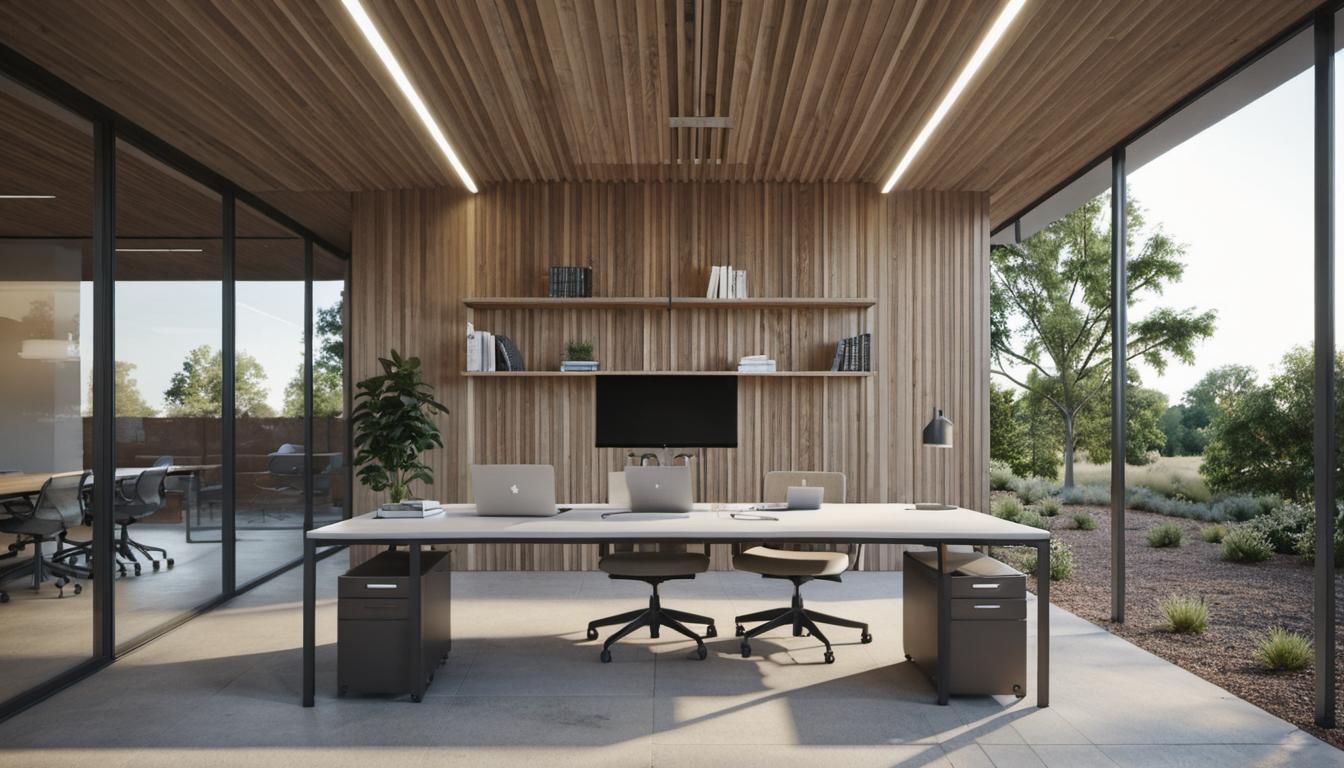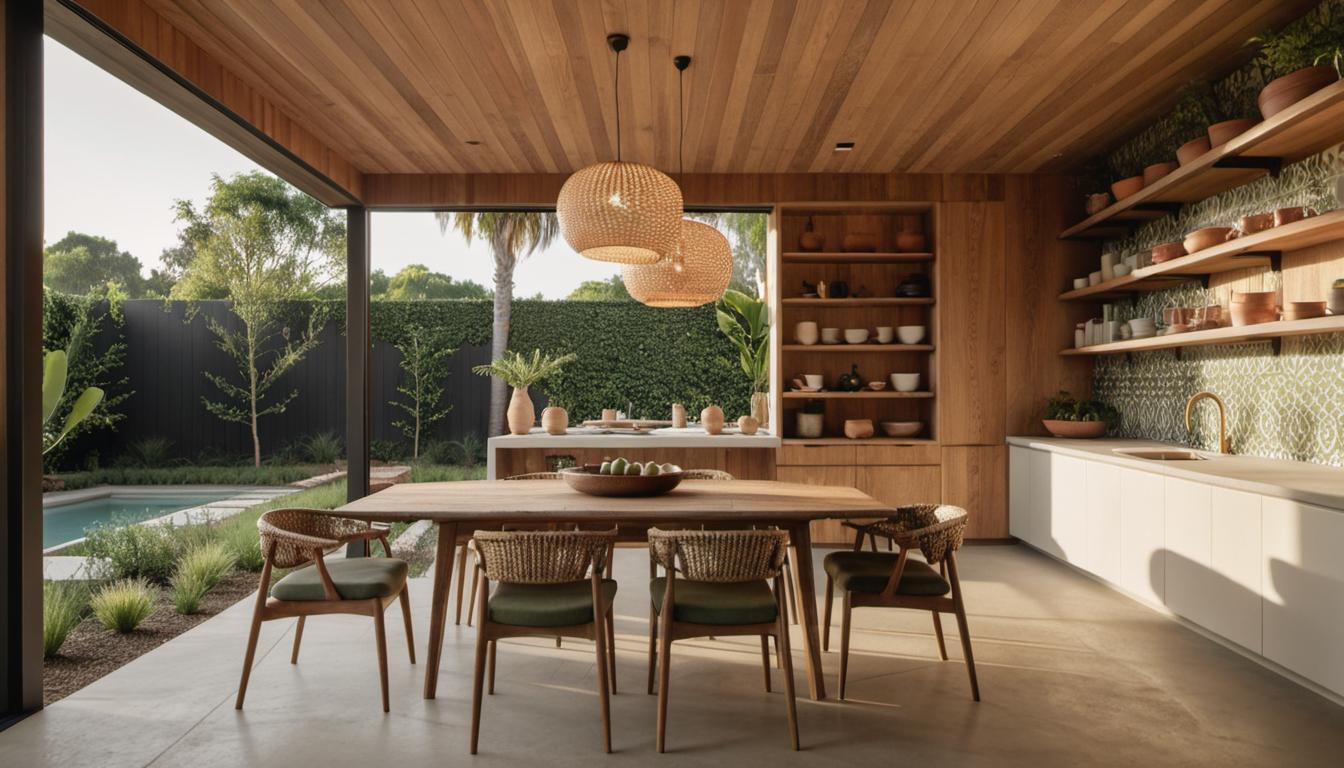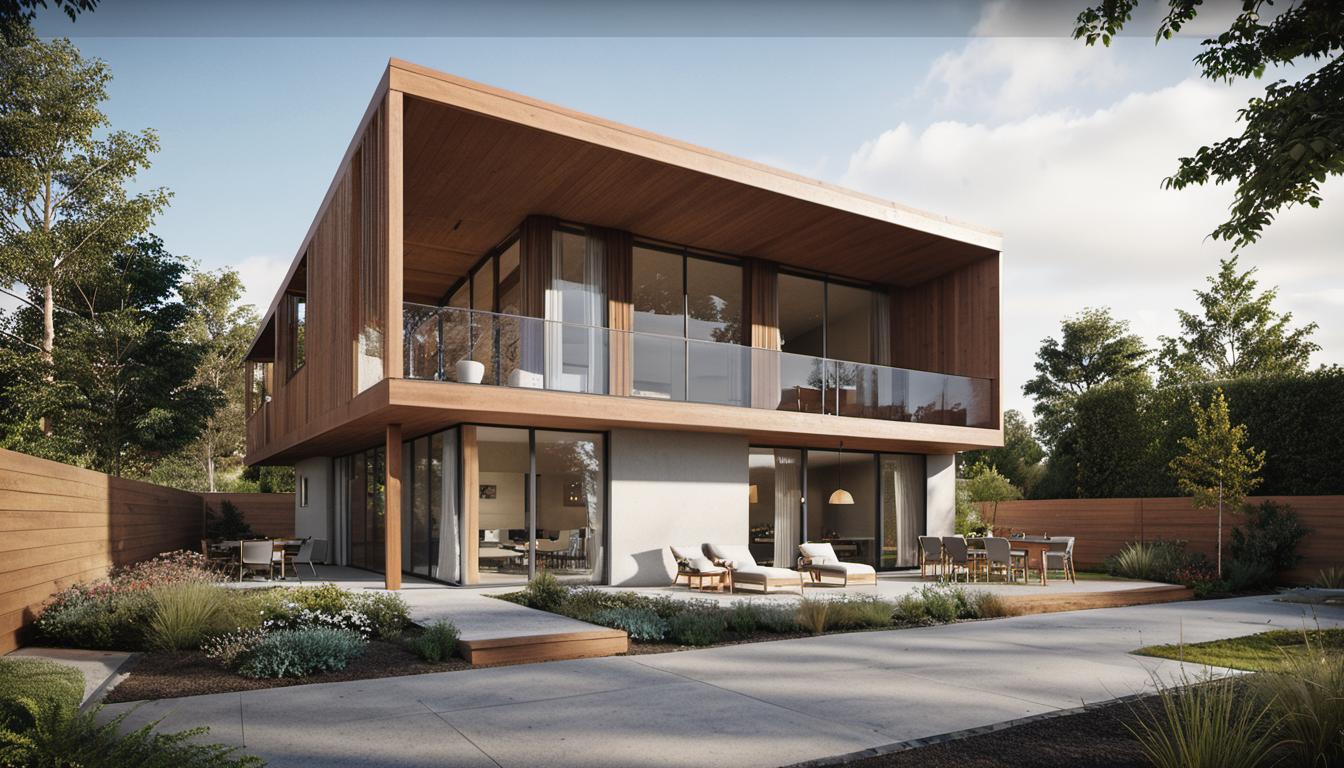The Influence of AI on Architectural Rendering and Visualization
As we enter a new era marked by technological advancements, the influence of AI in architectural visualization is proving to be transformative. No longer an idea confined to science fiction, AI-supported rendering is redefining traditional methodologies and processes in the realm of architectural design and visualization.
Tracing the Path of Architectural Rendering: From Sketches to AI
- The aesthetic charm and tactile approach of hand-sketched architectural drafts from the Renaissance era was indeed a testament to artistic skill.
- In the 20th century, computer-generated images provided architects with powerful precision and time efficiency.
- At the core of this evolution now lies AI-supported rendering, exponentially enhancing the possibilities for architects and designers.
AI Visualization: A Support, Not a Replacement for Creativity
While the tools and technologies have evolved, the role of creativity and ingenuity in architecture remains intact. AI is not there to replace the creative process but to support it – providing architects with an extended range of possibilities and precision that allows for design innovation.
Prime AI Tools for Architectural Rendering and Visualization
- Midjourney: This tool efficiently interprets text prompts and generates conceptual visualizations. It provides easy control over image proportions and provides recommendations for element inclusion or exclusion.
- Stable Diffusion: Launched in 2022, Stable Diffusion uses advanced diffusion techniques for altering image attributes, enhancing design exploration by allowing architects to easily modify specific parts of visualizations.
- DALL·E: Integrating textual and visual elements, DALL·E provides exceptional text-to-image capabilities. It assists in modifying visual styles, adding reflections and shadows or changing distinct parts of images based on text prompts.
Impact of AI Rendering on Present-day Architectural Design
By enabling swift and lifelike image and animation generation, AI rendering is adding a new dimension to present-day architectural design. From accurately determining light interactions and textures to providing instant visual feedback, AI rendering improves the architect-client collaboration process.
Optimal Calculations with AI Rendering
AI in architectural visualization excels in providing faster and accurate calculations. Leveraging neural networks, it enhances light path identification, color gradation, and texture selection for more detailed and lifelike results.
Improving Client Collaboration
With the visual feedback provided by AI, architects can now collaborate effectively with their clients. They can present design variations more efficiently, paving the way for robust discussions and iterations.
A Step Beyond Traditional Rendering: The Benefits of AI
- Neural networks offer speed and accuracy in calculations, reshaping visualization across various sectors including architecture, automotive design, VFX, and video game development.
- AI rendering eases the visualization process, simplifying complicated design ideas and making them more understandable and accessible.
AI Rendering Tackling Architectural Visualization Complications
- Midjourney, a prominent AI rendering tool, creates photorealistic visualizations based on text descriptions. This allows individuals and organizations to better understand and interpret complex design ideas.
Neural Networks and Their Integral Role in AI Rendering
Neural networks underline the efficacy of AI rendering. They predict ideal light paths, color gradients, and textures. Deep learning enhances this computation by analyzing large data sets for result accuracy and detail.
AI Rendering: A Multipurpose Tool in Architecture
- In sustainable design, AI helps architects select energy-efficient designs and sustainable materials.
- AI visualization aids in urban planning by providing realistic visual models of prospective developments.
- By using high-resolution renders from photography, AI assists architects and restoration experts in planning and visualizing restoration tasks, proving invaluable in historical preservation efforts.
Potential Challenges and Limitations of AI Visualization
- While great for ideation, AI may be limited in delivering the polished visuals required for final presentations.
- An existing challenge for AI visualization is the balance between automation and manual control. Rapid results may come at the cost of precise detail control and occasional inconsistencies.
Frequently Asked Questions
How is AI influencing architectural rendering and visualization?
With rapid calculations, lifelike image generation, and improved collaboration, AI’s influence is prominent in architectural rendering and visualization. It optimizes the architectural design process, offering more possibilities for architects, clients, and other stakeholders in the industry.
Which AI tools are outlined for architectural rendering in the article?
The article discusses three advanced AI tools, namely Midjourney, Stable Diffusion, and DALL·E, each offering unique features for architectural rendering and visualization.
How does AI rendering simplify the design process?
AI rendering simplifies the design process by generating fast and precise calculations for light interactions, reflections, textures, etc. It offers instant visual feedback, allowing architects to easily present and iterate design variations and improves collaboration with clients.
In what fields does AI rendering find its applications?
AI has a wide application in fields such as sustainable design, urban planning and development, and historical preservation. It helps architects visualize energy-efficient designs and select sustainable materials. It aids in planning community infrastructures and restoring historical landmarks.
What are the current limitations of AI rendering?
While AI offers significant advantages, it does have limitations. It is excellent for ideation but might lack the refinement needed for final presentations. Additionally, while quick results are a perk, they may come with less precision and control over the final visual output.





